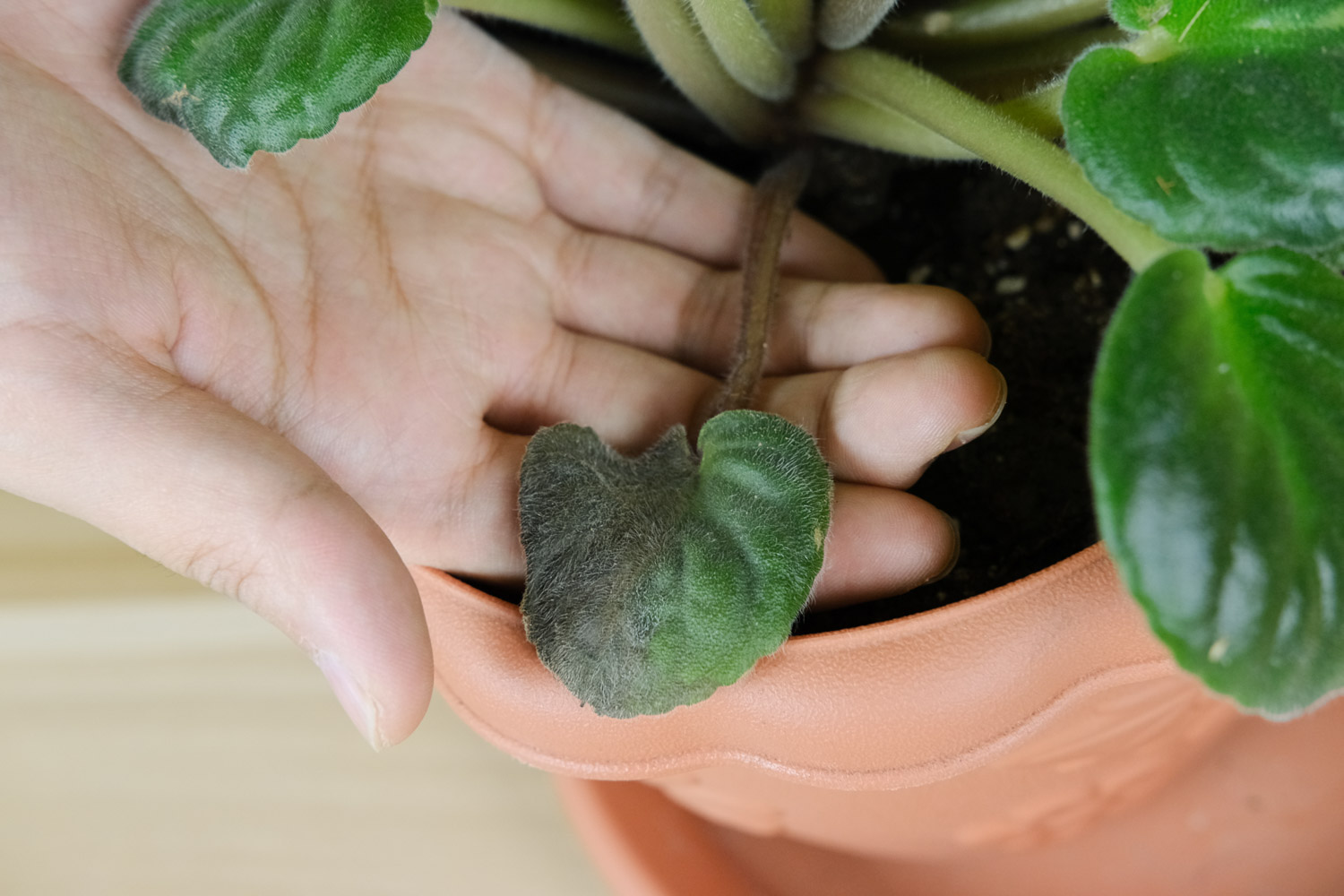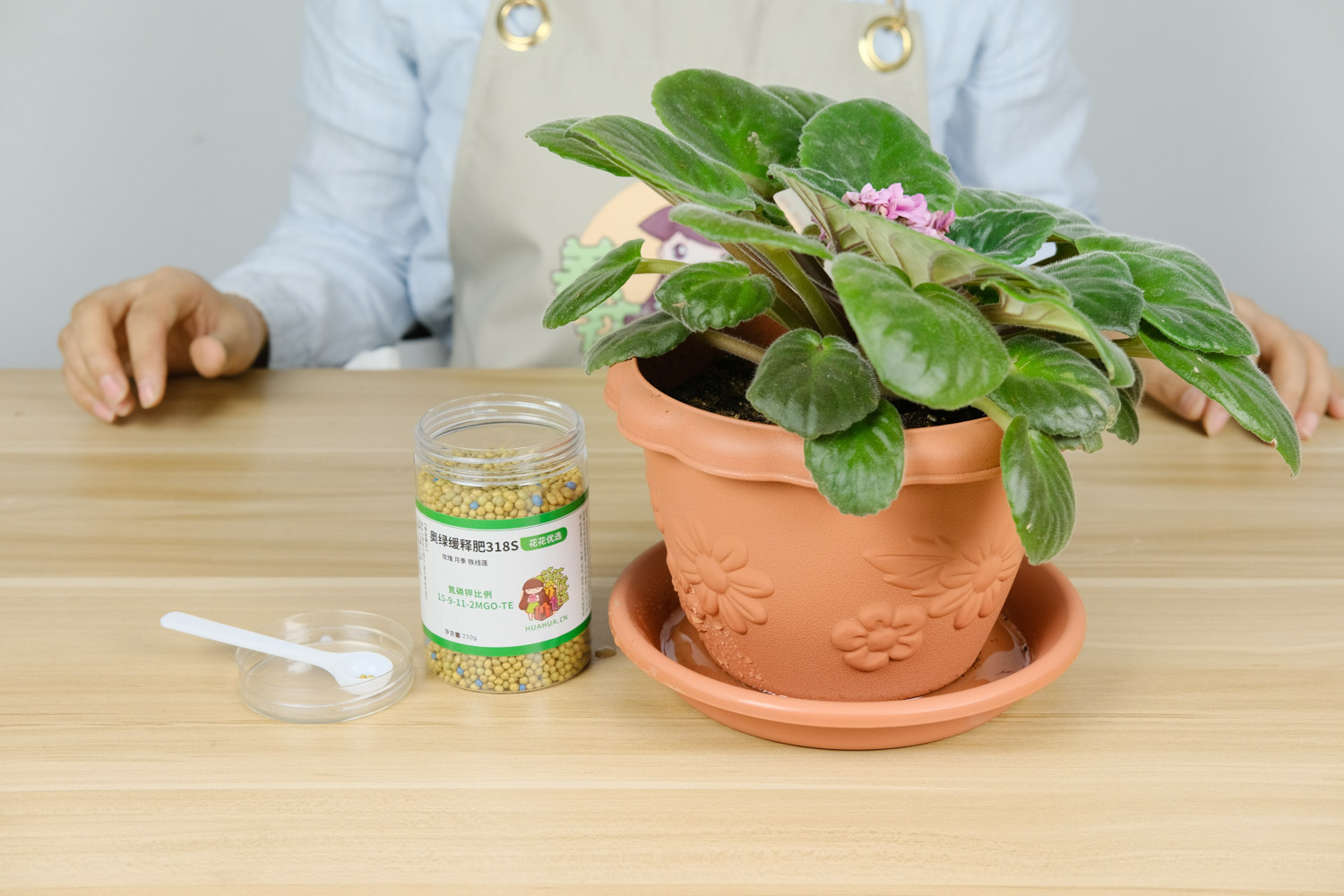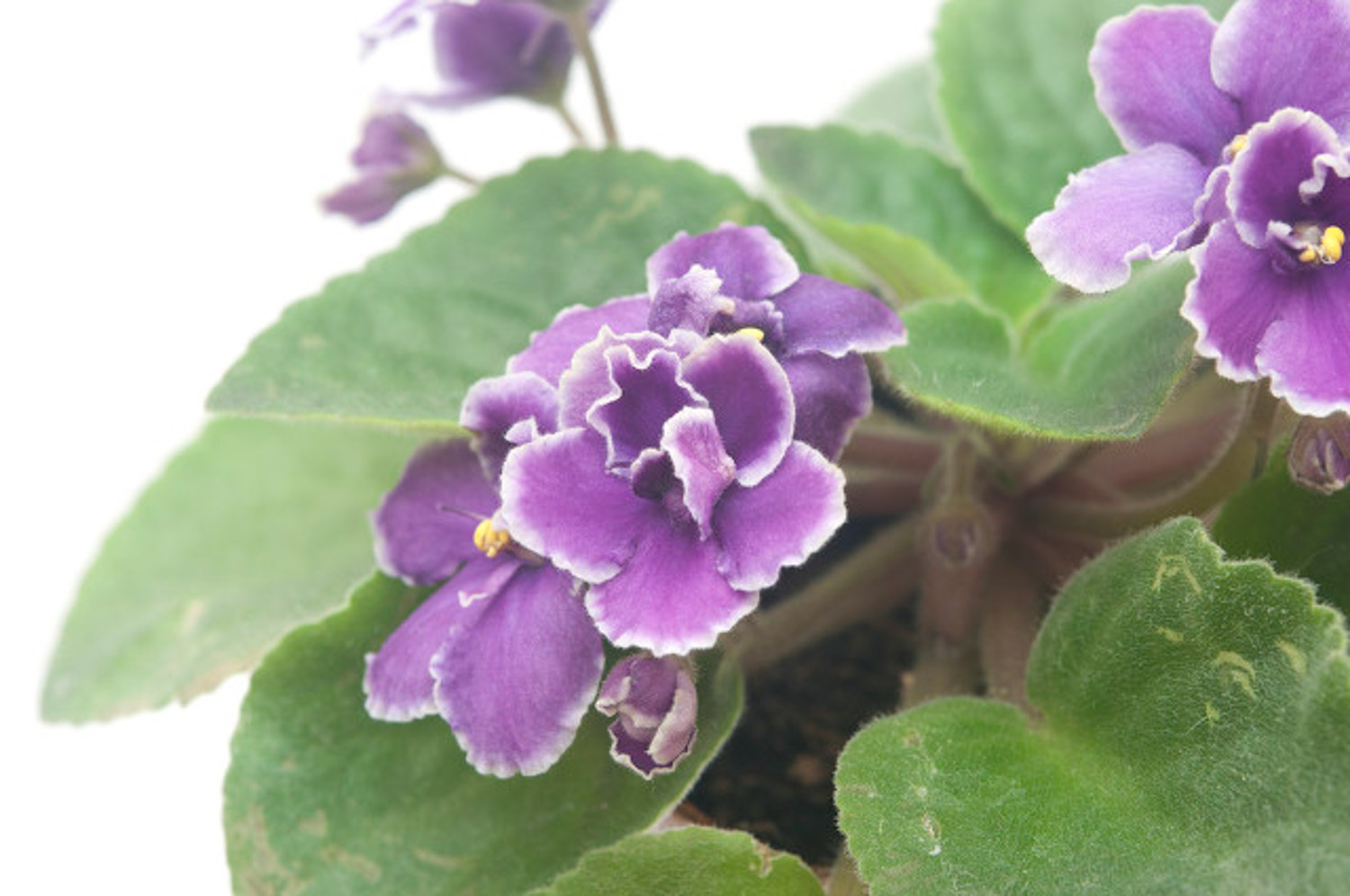Pretreatment of African Viola leaf:
Check whether the blade is damaged or necrotic, and remove the damaged or necrotic part. If the leaves are dehydrated (petiole, leaf surface is soft), they need to be soaked in water to restore moisture
Time: it can be carried out from May to June when the temperature is appropriate. If the temperature can be maintained at 15-25 degrees, leaf cutting can be carried out at any time
Substrate: it is best to use perlite or coarse sand as cutting substrate, and ordinary soil can also be used, but it is best to disinfect before use
African Viola leaf cutting steps:
Inserted leaves: choose healthy leaves. The most ideal breeding material is the leaves of the third and fourth ring from the center

2. Cutting leaves: use a blade to cut the leaves from the base of the petiole
3. Treatment of blade: use a blade to cut at an oblique angle of 45 ° at a distance of 1cm ~ 2cm from the base of the blade
4. Solid medium leaf insertion: insert the petiole into the 2-in-1 or 3-in-1 pre soaked medium. Do not insert too deep, otherwise the seedlings will take longer to be unearthed
5. Rooting and sprouting: rooting can take place between one week and two months. After rooting, dilute fertilizer can be applied every 7 ~ 10 days, and new buds will grow about one month after rooting

6. Seedling Division: when new buds grow on the leaves of African pansy and there are 4 ~ 6 leaves on the seedlings, take out the mother leaves and seedlings from the breeding container together, remove part of the soil, and then separate the seedlings with a small knife 7. Care of seedlings: seedlings should avoid water shortage and can be planted in larger pots after 2 ~ 3 months 1. To ensure that the air humidity is between 60% - 80%, pay attention to the moisturizing of the medium 2. Pay attention not to direct sunlight, but ensure that there are at least 12 hours of scattered light every day. You can supplement the light with light 3. The best temperature is between 20 ℃ - 25 ℃ 4. Do not fertilize, do not use organic fertilizer before budding 5. The blackened and necrotic parts of the leaves should be removed in time, and the germination time of the cut and damaged leaves will be prolonged 6. When a bud grows 3-5 leaflets, it can be planted separately 7. The inserted leaves can continue to be buried in the medium after dividing the buds, and new buds will grow after a period of time 8. When the leaf does not germinate, you can remove the medium and use acupuncture near the section to stimulate its germination< span>Management of African Viola leaf after transplanting:


 how many times do yo...
how many times do yo... how many planted tre...
how many planted tre... how many pine trees ...
how many pine trees ... how many pecan trees...
how many pecan trees... how many plants comp...
how many plants comp... how many plants can ...
how many plants can ... how many plants and ...
how many plants and ... how many pepper plan...
how many pepper plan...





























